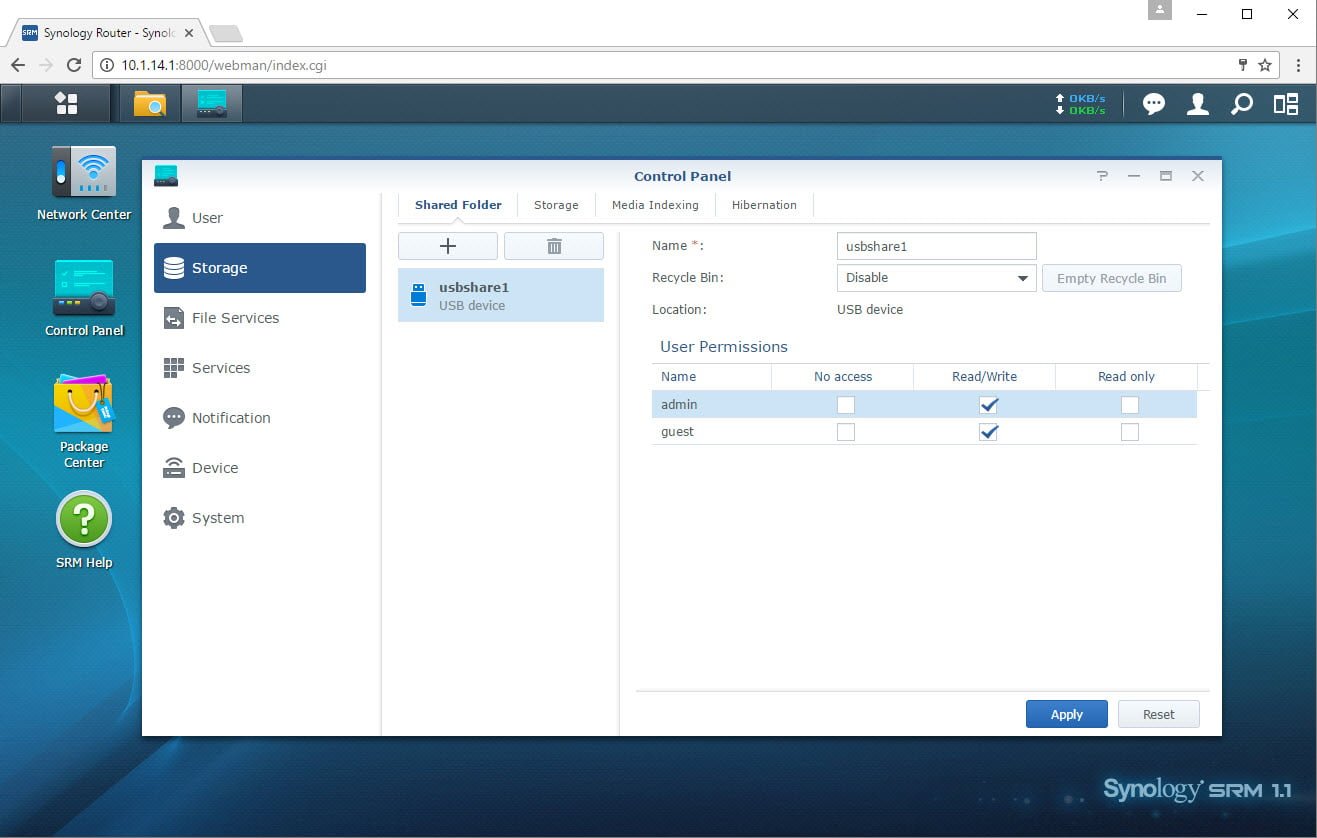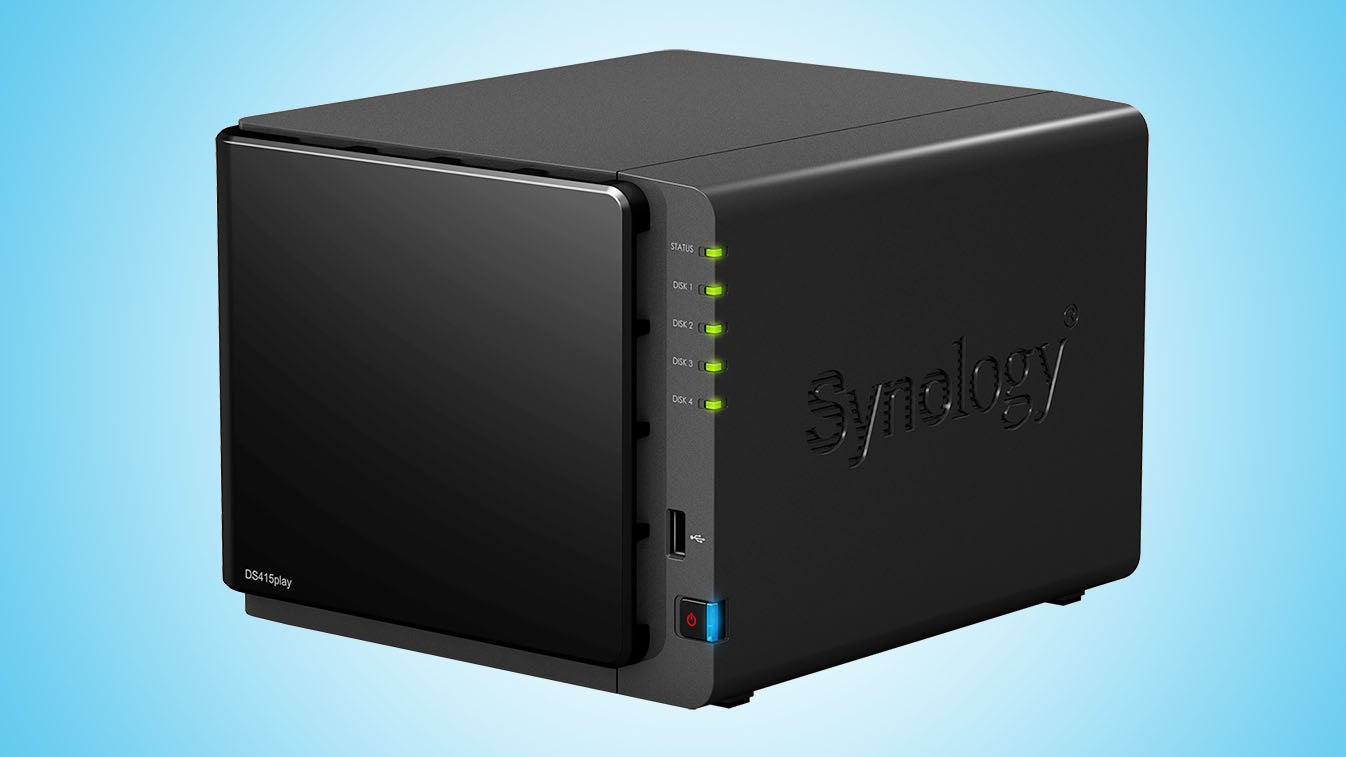


Tabular objects define multiple related object instances grouped in tables.

In the examples in the OIDs section above, an OID is used to reference an SNMP management object directly, and it would return a single value. Scalar objects define a single object instance.
#SYNOLOGY VPN MONITOR FREE#
iReasoning MIB browser is a popular choice and has a free version with some functional limitations (versus the licensed versions). (Source: Network Management Software)ĭatto RMM does not have inbuilt OID browsing functionality so a third party tool is required to discover OIDs before configuring SNMP monitoring. (Source: Network Management Software)Īnother way of visualizing the OID tree is in the form of a folder structure that looks similar to a file explorer.ĮXAMPLE The highlighted management object in the screenshot below would be referenced using the OID 1.3.6.1.2.1.2.2.1.8. OIDs follow a strict hierarchical pattern much like a computer directory structure however, OIDs only use numbers to define a path.ĮXAMPLE In the screenshot below, an OID of 1.3.6.1.4.1.9 would navigate to the root of the private enterprise node for Cisco. There are a number of useful guides on the subject but here are a few examples that we've looked at and liked:ĭatto RMM SNMP monitoring relies on object identifiers (OIDs) to define the path through a device's OID tree to a managed object containing data to be monitored. If you are not familiar and comfortable with the concepts, terminology, and technology around SNMP, we strongly recommend some background reading before you start with SNMP monitoring.
#SYNOLOGY VPN MONITOR HOW TO#
#SYNOLOGY VPN MONITOR INSTALL#
There are times when you would like to manage and monitor certain devices but you cannot install a Datto RMM Agent on them. NAVIGATION Sites > open a site > New Device About SECURITY Permission to manage Sites and manage Devices


 0 kommentar(er)
0 kommentar(er)
